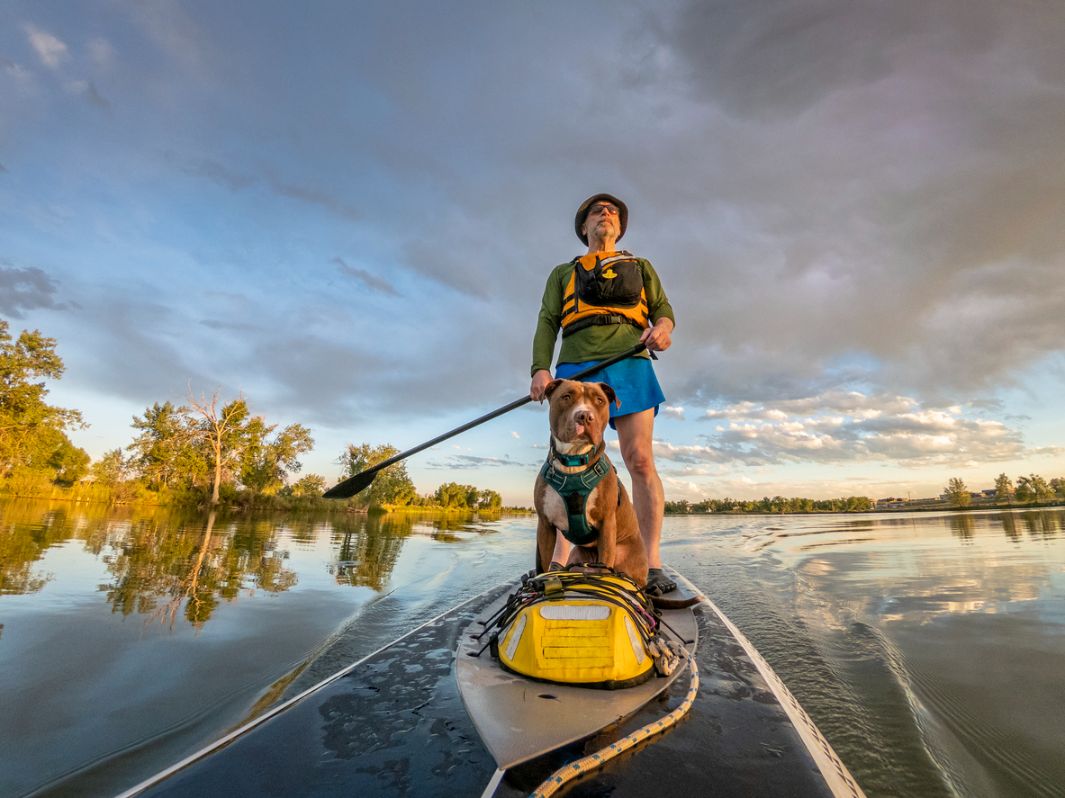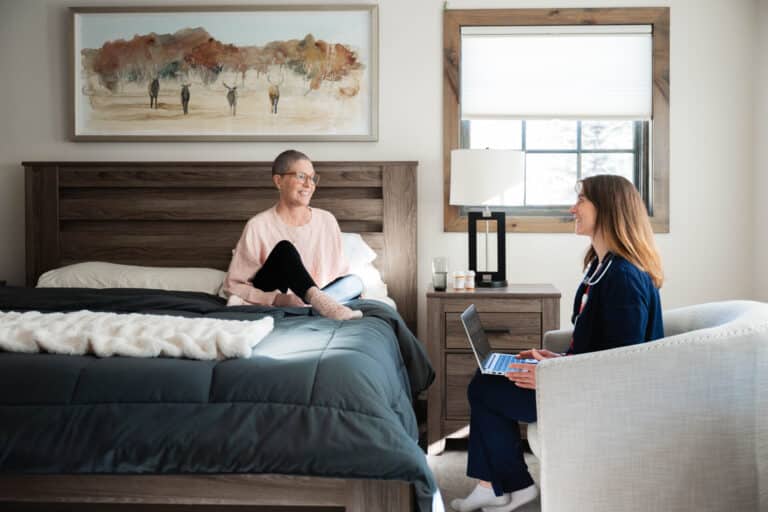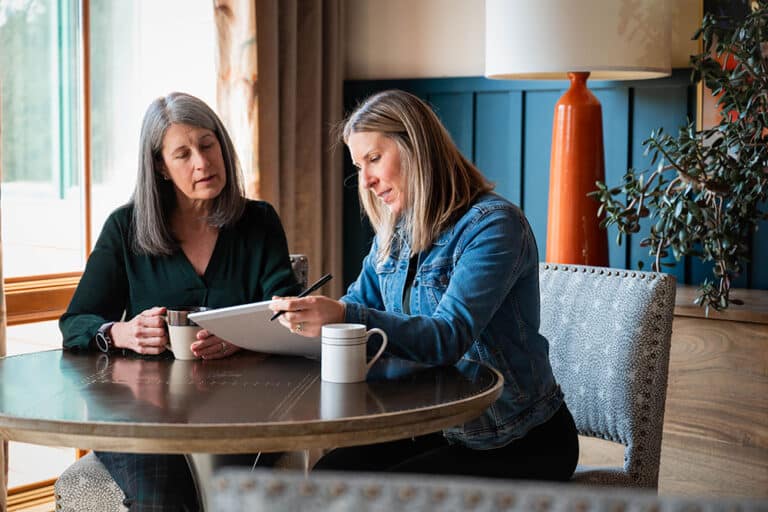August is Summer Sun Safety Month: 5 Ways To Stay Safe in the Sun

Summer is a wonderful time to enjoy the sun and the great outdoors. Sunlight is essential, providing many benefits to the human body, like vitamin D, best known for promoting healthy bones and teeth. However, excessive exposure to ultraviolet (UV) radiation can also cause skin damage, including skin cancer, making it necessary to protect yourself with sun safety while having fun in the sun.
August is Summer Safety Month, an observance that reminds us to take precautions to avoid overexposure to the sun’s ultraviolet rays to stay safe. Staying safe in the sun is critical for everyone. Test your sun safety knowledge here and continue reading to learn who’s at risk and the steps you can take to stay safe and healthy in the sun during the summer.
What Is UV Radiation?
UV radiation is part of the natural energy produced by the sun. Two types of UV light contribute to the risk of skin cancer:
- Ultraviolet A (UVA) has a longer wavelength and is associated with skin aging.
- Ultraviolet B (UVB) has a shorter wavelength and is associated with skin burning.
While UVA and UVB rays differ in how they affect the skin, they both do harm. Unprotected exposure to UVA and UVB damages the DNA in skin cells, producing genetic defects or mutations that can lead to skin cancer (as well as premature aging). These rays can also cause eye damage, including cataracts and eyelid cancers.
Who’s At Risk?
Although everyone can be affected by the sun and other sources of UV rays — including people of color — people with light skin are more likely to get skin damage and skin cancer from UV rays.
In addition to skin tone, there are multiple other factors that affect your risk. For example, people with a history of skin cancer or those with a family history of skin cancer may have an increased risk. In addition, your location can also contribute to an increased risk of skin cancer. For example, people who live or vacation at high altitudes, like Colorado, or in tropical or subtropical climates where the UV rays are stronger are also at a greater risk and should practice sun safety.
5 Tips To Stay Safe in the Sun
1. Sunscreen
For sun safety, use a sunscreen with broad spectrum coverage and a sun protection factor (SPF) of at least 30 for all exposed skin. An SPF 30 sunscreen blocks about 97% of the sun’s harmful ultraviolet radiation. There are sunscreens with SPFs higher than 30, but it’s more important to verify that it has a broad spectrum coverage.
-
- Choose a water-resistant and sweat-resistant sunscreen for the best protection. Although no sunscreen is completely waterproof or sweat-proof, those labeled that way are less likely to wash away.
- Apply sunscreen at least 15 minutes before going outdoors, whether it’s sunny or cloudy outside. Sunscreens need time to set before they are fully effective. Waiting 15 minutes can significantly affect your sunscreen’s effectiveness, especially for people with lighter skin.
- The American Academy of Dermatology recommends that people use about an ounce of sunscreen, depending on a person’s size.
- Reapply sunscreen as recommended on the label. Understand the best way to apply your sunscreen and how often to reapply your sunscreen to protect yourself from the sun’s harmful rays. Different sunscreens have different consistencies and active blocking agents, so it’s crucial to follow instructions. To remain effective, many sunscreens may need to be reapplied more frequently than every two hours.
2. Wear Protective Clothing
Long sleeve shirts, pants, wide-brimmed hats, and sunglasses can help prevent damage from the sun. However, thin fabrics cannot effectively block the sun. Look for clothing with a tighter weave or an ultraviolet protection factor (UPF).
3. Avoid Prolonged Sunlight Exposure During Peak Times
Limit time in the midday sun. The sun’s rays are strongest between 10 a.m. and 4 p.m. If possible, avoid being in the sun during these peak hours, especially at higher altitudes.
4. Stay in the Shade Whenever Possible
Although the shade isn’t a substitute for sunscreen, it can be an effective tool to prevent sun damage by providing extra protection from direct sunlight.
5. Drink Plenty of Water To Avoid Dehydration
Drinking water helps cool your body down to prevent overheating — a condition where your internal temperature rises rapidly because of prolonged exposure to high temperatures without adequate fluid intake or air movement around your body. When you sweat, you’re losing fluids that need to be replaced. If you don’t replace them, dehydration can cause harm to your body. In addition, dehydration can lead to heat exhaustion or even heat stroke if not treated immediately.
Dehydration may also lead to fainting spells or seizures when left untreated because the body stops functioning normally due to its inability to regulate properly at normal temperatures.
Stay Safe in the Sun
Follow these tips to ensure that you’re safe while enjoying the sun. If you have concerns or questions, visit the Vail Health Shaw Cancer Center or call (970) 569-7429 to schedule an appointment. Enjoy your time in the sun!
This article was reviewed by Suzanne Torris, MS, RN, FNP.


